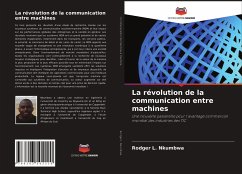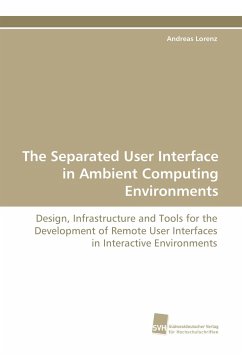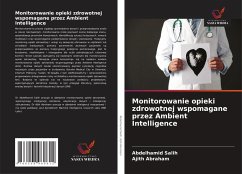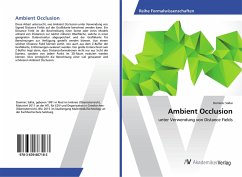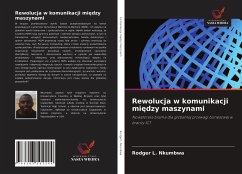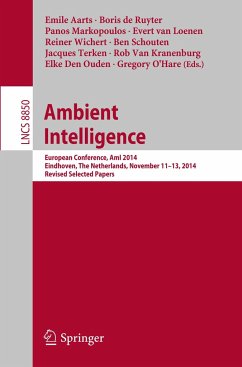
Processing and Symbolization of Ambient Sensor Data
A Neuropsychoanalytic Approach
Versandkostenfrei!
Versandfertig in 6-10 Tagen
69,90 €
inkl. MwSt.

PAYBACK Punkte
0 °P sammeln!
Building automation is a constantly growing domain, systems designed to support the human user will provide new types of services. A challenge for the design of such systems is the ability to observe objects, events and situations in a way that is similar to human perception. This work defines a model for data processing based on the adaptation of neuroscientific, psychological and psychoanalytical models. By symbolizing data which originates from diverse types of sensors and processing it in multiple layers, relevant information is extracted and separated from unimportant data. This is achiev...
Building automation is a constantly growing domain, systems designed to support the human user will provide new types of services. A challenge for the design of such systems is the ability to observe objects, events and situations in a way that is similar to human perception. This work defines a model for data processing based on the adaptation of neuroscientific, psychological and psychoanalytical models. By symbolizing data which originates from diverse types of sensors and processing it in multiple layers, relevant information is extracted and separated from unimportant data. This is achieved by applying knowledge that has been obtained from understanding how human perception operates. The result of this process is a symbolic representation of the world that is used to identify scenarios - sequences of events subject to time constraints. The symbols defined in this work are linked to the real world, in which the symbol operates - the symbols are grounded. This has been achieved by linking the lowest symbolic layer to real-world sensory data.



